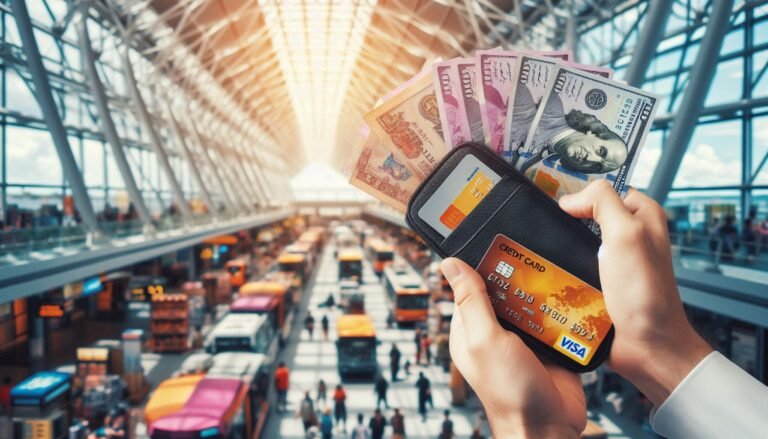Live vs. Bank Exchange Rates: Why You’re Paying More Than You Should
When exchanging currency, you might assume that the rate you see online is the same rate you’ll get at your bank. However, live exchange rates and bank exchange rates are often very different—and the difference is costing you money. Whether you’re traveling, investing, or sending money abroad, understanding these differences can help you avoid unnecessary fees and get the best possible deal.
In this guide, we’ll explain why banks charge more than live exchange rates, how much extra you might be paying, and how to minimize losses when exchanging currency.
What Are Live Exchange Rates?
The live exchange rate, also known as the mid-market rate, is the real-time value of one currency compared to another.
This rate constantly fluctuates due to:
- Supply and demand in the foreign exchange (Forex) market
- Interest rates and inflation
- Geopolitical events and economic performance
Live exchange rates are what banks, financial institutions, and currency traders use when they buy and sell currencies in bulk. You can check live rates on forex trading platforms, financial news websites, or currency converter tools like XE.com or OANDA.
But here’s the catch—you rarely get this rate when exchanging money at a bank.
Why Are Bank Exchange Rates Different?
When you exchange currency at a bank or financial institution, you don’t get the live exchange rate. Instead, banks apply:
- A Markup (Hidden Fee in the Exchange Rate) – Banks add a margin to the exchange rate, meaning they buy currency at the live rate but sell it to you at a worse rate to make a profit.
- Transaction Fees – Banks often charge flat fees or percentage-based fees on currency exchanges.
- Lower Negotiation Power – Unlike forex traders handling millions in transactions, you’re exchanging a small amount, so banks don’t offer competitive rates.
Example:
- The live exchange rate for USD to EUR might be 1 USD = 0.92 EUR
- But your bank may offer 1 USD = 0.89 EUR, meaning you lose 3 cents per dollar exchanged
- If you exchange $1,000, you lose €30 due to the bank’s markup!
How Much Extra Are You Paying?
The cost difference between live rates and bank rates varies by provider. On average:
- Banks add a markup of 2-5% on top of the live exchange rate.
- Currency exchange kiosks and airports can charge even higher markups—sometimes up to 10%!
- Online money transfer services (like PayPal or Western Union) also include hidden currency conversion fees.
This means that for every $1,000 exchanged, you could be losing between $20 and $100—just because of an inflated exchange rate!
How to Get the Best Exchange Rate
If you want to avoid overpaying on currency exchange, follow these strategies:
1. Compare Rates Before Exchanging
Never settle for the first rate you see. Use tools like Google Exchange Rates, XE.com, or Wise (formerly TransferWise) to compare rates in real-time.
2. Avoid Airport and Hotel Exchanges
These services offer the worst rates because they know travelers need cash quickly. Always exchange money in advance or withdraw cash from an ATM at your destination.
3. Use Online Money Transfer Services
Platforms like Wise, Revolut, and OFX offer exchange rates much closer to the live rate than banks. If you’re sending money abroad, these services can save you up to 90% in fees.
4. Open a Multi-Currency Account
If you frequently deal with foreign currencies, consider a multi-currency account from Revolut, Wise, or N26. These accounts allow you to hold multiple currencies at better rates.
5. Ask Your Bank for a Better Rate
If you’re exchanging a large amount (over $5,000), banks may offer better rates upon request. Always ask before committing to an exchange.
6. Withdraw Cash in the Local Currency
Using your debit card at an ATM in your destination country usually provides a better rate than exchanging cash beforehand. However, check if your bank charges foreign transaction fees.
Final Thoughts
Banks and financial institutions make billions in hidden currency exchange fees every year, and most people don’t even realize how much they’re overpaying. By understanding the difference between live rates and bank rates, you can make smarter financial decisions, avoid hidden fees, and get the best possible deal when exchanging money.







